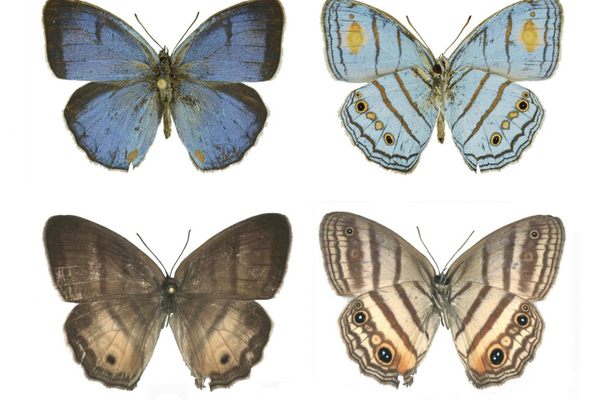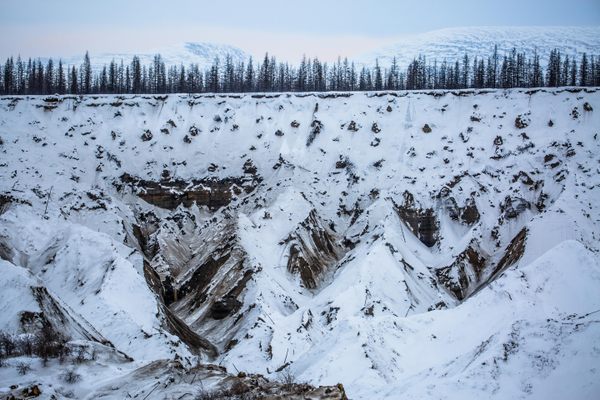A Butterfly Reappears in Scotland After 133 Years Away
Climate change might have helped bring the white-letter hairstreak back north.
Last Wednesday, Ian Cowe took a photograph of a white-letter hairstreak in Scotland—the first time since 1884 the butterfly had been seen in the country. The butterfly, he told the BBC, was “a very ragged and worn individual found feeding on ragwort in the grassy edge of an arable field.”
Butterfly which suffered dramatic decline in numbers spotted in Scotland for first time in more than a century https://t.co/dCGipaVp1E pic.twitter.com/e7VnIPWQJ7
— BBC Scotland News (@BBCScotlandNews) August 15, 2017
The white-letter hairstreak is native to the United Kingdom, though its populations were devastated decades ago by outbreaks of Dutch elm disease, which killed the trees the white-letter hairstreak’s caterpillars feed on.
And while the butterfly’s reappearance in Scotland after such a long time away has been met with some celebration—bringing the number of butterfly species known in the country up to 34—Paul Kirkland, the director of Butterfly Conservation Scotland, told the BBC that it’s not all good news. The white-letter hairstreak, he said, is likely back in part because of climate change.
Still, a new resident is a new resident and, Kirkland said, the conditions are right for the white-letter hairstreak to survive and perhaps stay a little while longer. (The only other prior confirmed sighting of the white-letter hairstreak in Scotland prior to 1884 was in 1859.)
“Although Dutch elm disease occurs in Scotland,” he said, “we still have a good amount of wych elm, so hopefully it will prosper and spread.”
Kirkland’s organization will now start looking for a white-letter hairstreak colony nearby to confirm that the butterflies intend to make their latest stay more permanent.















Follow us on Twitter to get the latest on the world's hidden wonders.
Like us on Facebook to get the latest on the world's hidden wonders.
Follow us on Twitter Like us on Facebook